-
[2020/07/08] 💥 (Updated by Xiaoxue Gao)
- The pre-trained model can be downloaded from Baidu Netdisk(extract code w3i1).
-
[2020/06/29] 💥 (Updated by Xiaoxue Gao)
- Upload the pre-trained model which is split into 7 files in
./best_model/.
- Upload the pre-trained model which is split into 7 files in
-
[2020/06/10] 💥 (Updated by Xiaoxue Gao)
- Release new data in
./New_data/6.10/.
- Release new data in
-
[2020/06/02] 💥 (Updated by Mengshuang He)
- Release new data in
./New_data/6.2/.
- Release new data in
-
[2020/05/27] 💥 (Updated by Xiaoxue Gao)
-
Release new data in
./New_data/5.27/. -
Update the model of Online Diagnosis System, the performance is as follows:
Date ACC AUC F1 Recall 2020/05/27 90.4 96.2 90.1 95.1
-
-
[2020/05/18] 💥 (Updated by Xiaoxue Gao)
- Release new data in
./New_data/5.18/. - Update
./New_data/New_COVIDCT_meta(update to 5.18).csvand./New_data/New_NonCOVIDCT_meta(update to 5.18).csv.
- Release new data in
-
[2020/05/16] 💥 (Updated by Mengshuang He)
- Release new data in
./New_data/5.16/. - Update
./New_data/New_COVIDCT_meta(update to 5.16).csvand./New_data/New_NonCOVIDCT_meta(update to 5.16).csv.
- Release new data in
-
[2020/05/14] 💥 (Updated by Xiaoxue Gao)
-
Release new data in
./New_data/5.14/. -
Update
./New_data/New_COVIDCT_meta(update to 5.14).csvand./New_data/New_NonCOVIDCT_meta(update to 5.14).csv. -
Update the model of Online Diagnosis System, the performance is as follows:
Date ACC AUC F1 Recall 2020/05/14 88.1 92.9 87.9 86.2
-
-
[2020/05/13] 💥 (Updated by Xiaoxue Gao)
- Release new data in
./New_data/5.13/. - Update
./New_data/New_NonCOVIDCT_meta(update to 5.13).csv.
- Release new data in
-
[2020/05/11] 💥 (Uploaded by Mengshuang He)
- Upload new meta-information containing auxiliary labels about COVID-CT-Dataset in
./data_split/COVID-CT-MetaInfo_new.csv.
- Upload new meta-information containing auxiliary labels about COVID-CT-Dataset in
-
[2020/05/07] Create repository.
Chest (computed tomography) CT scanning is one of the most important technologies for COVID-19 diagnosis in the current clinical practice, which motivates more concerted efforts in developing AI-based diagnostic tools to alleviate the enormous burden on the medical system. We develop a lesion-attention deep neural network (LA-DNN) to predict COVID-19 positive or negative with a richly annotated chest CT image dataset. The CT image dataset contains 746 public chest CT images of COVID-19 patients collected from over 760 preprints, and the data annotations are accompanied with the textual radiology reports. We extract two types of important information from these annotations: One is the flag of whether an image indicates a positive or negative case of COVID-19, and the other is the description of five lesions on the CT images associated with the positive cases. The proposed data-driven LA-DNN model focuses on the primary task of binary classification for COVID-19 diagnosis, while an auxiliary multi-label learning task is implemented simultaneously to draw the model's attention to the five lesions of COVID-19 during the training. The joint task learning process makes it a highly sample-efficient deep model that can learn COVID-19 radiology features effectively with very limited samples. Our code is public in ./Code/.
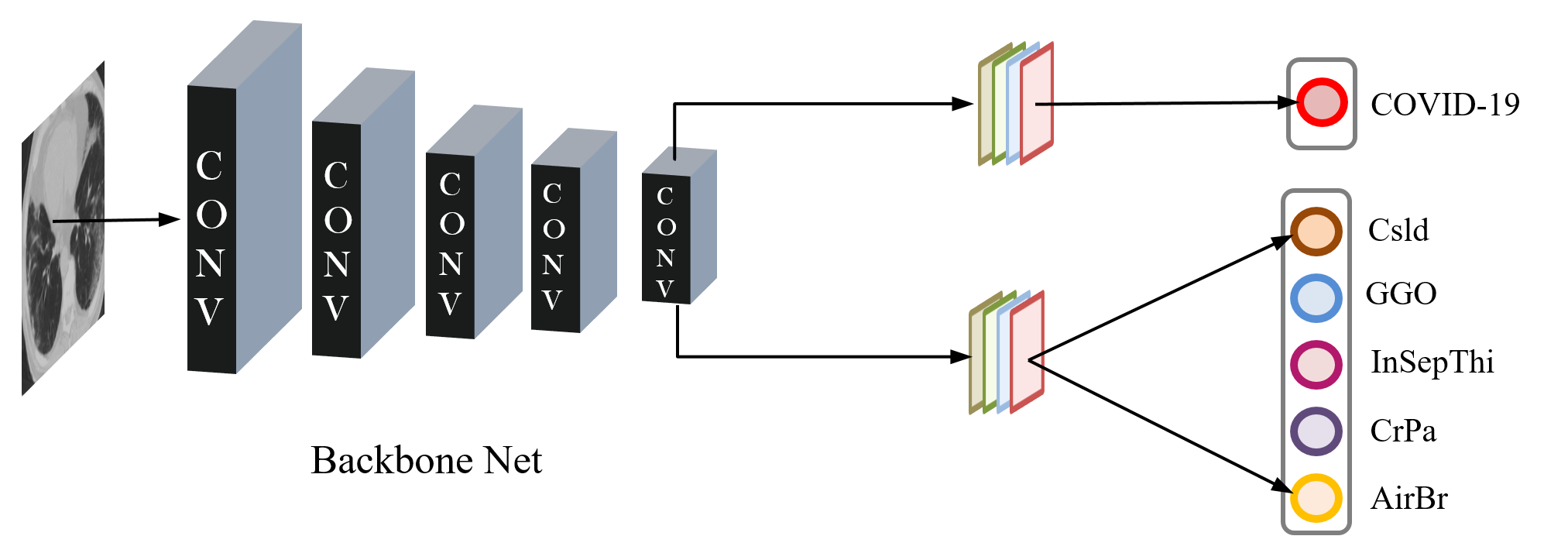
Figure 1. The architecture of the proposed lesion-attention deep neural networks.
-
We used this public dataset: "COVID-CT-Dataset: a CT scan dataset about COVID-19." arXiv, 2020.
- More information about this base dataset can be found at:
- We used the image caption in the meta-information provided by this dataset to add auxiliary labels for each COVID-19 sample, including Ground-glass opacities (GGO), Consolidation (Csld), Crazy paving appearance (CrPa), Air bronchograms (AirBr), and Interlobular septal thickening (InSepThi). New meta-information containing auxiliary labels can be found in
./data_split/COVID-CT-MetaInfo_new.csv. - The split information of fine-tuned data can refer to
./data_split/train_meta.csv,./data_split/val_meta.csv,./data_split/test_meta.csv.
- More information about this base dataset can be found at:
-
We will keep collecting new CT images for both COVID-19 and NonCOVID-19.
- New samples will be updated at this folder
./New_data/. - This dataset will be updated periodically. Hence, we name the folder of new data with the corresponding timestamp as a subdirectory of
./New_data/. Suppose we add new CT images added on May 14, then the path will be:./New_data/5.14/. The positive and negative samples are separately stored with two zip files with names./New_data/5.14/5.14_covidct.zipand./New_data/5.14/5.14_nocovidct.ziprespectively. - The meta-information of the new samples (e.g., image name, label, collection date and source, etc.) will be continuously updated in
./New_data/New_COVIDCT_meta(update to 5.14).csvand./New_data/New_NonCOVIDCT_meta(update to 5.14).csv.
- New samples will be updated at this folder
An online system has been developed for fast online diagnoses using CT images at the web address https://www.covidct.cn/.
😆 Welcome to visit!!! 😆
- You can quickly test a single sample or batch of samples following the navigation bar Test → Single Image or Test → Batch of Images.
- We encourage clinicians, radiologists, and researchers to share more data to help us to improve this system. Data sharing can be achieved via the Data Collection channel of our website.

Figure 2. Navigation bar of Online Diagnosis System.
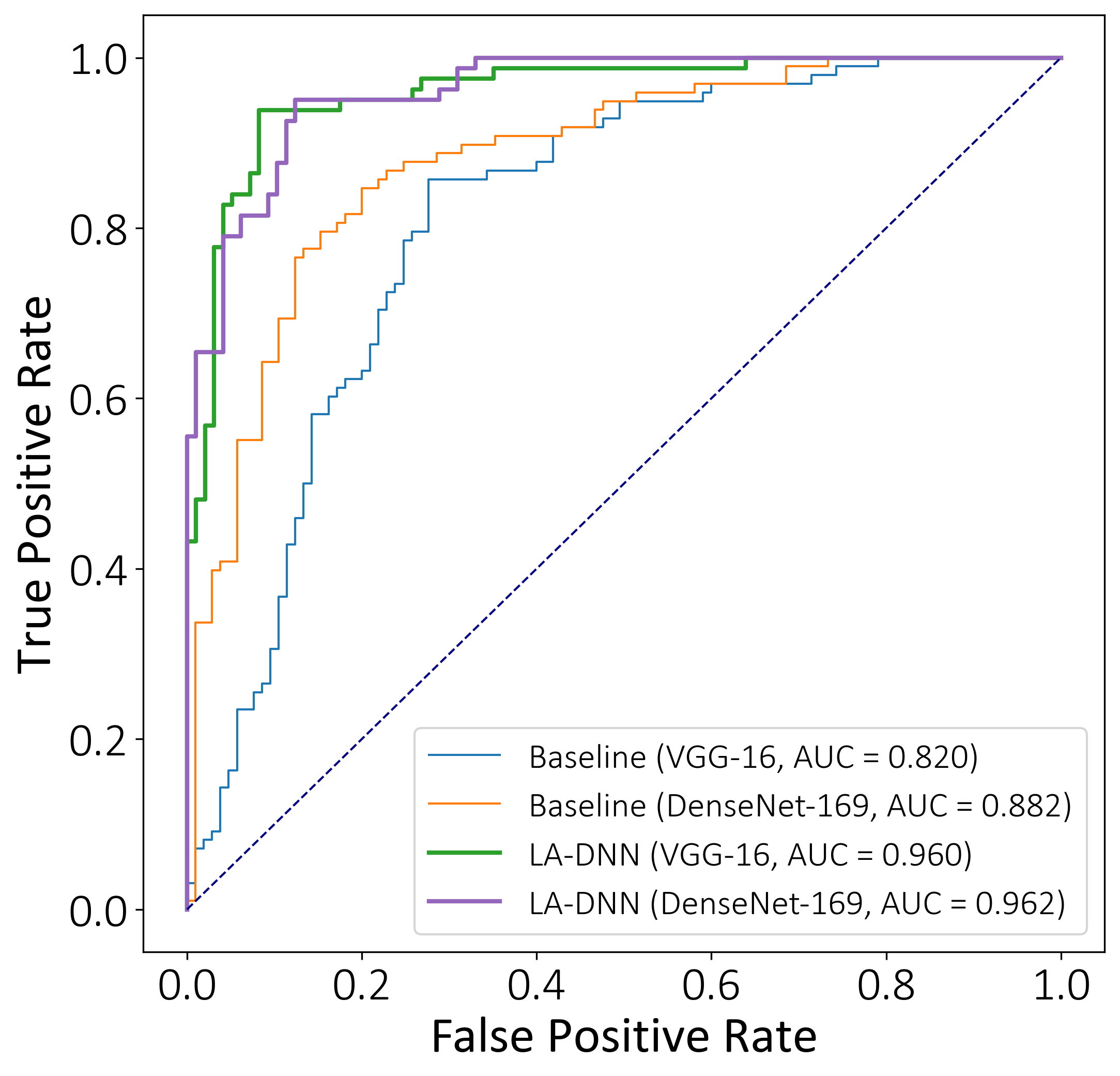
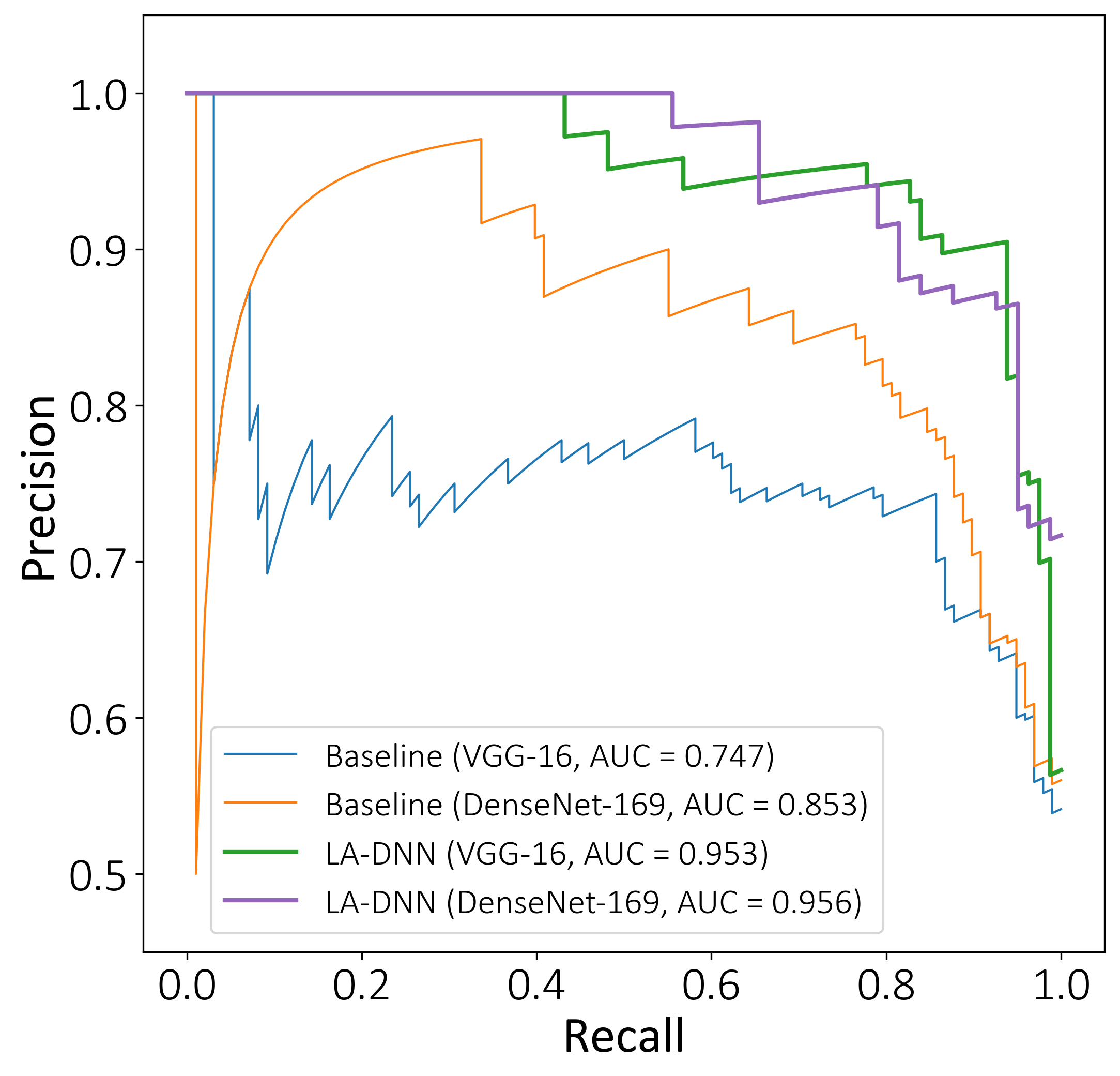
Figure 3. Performance of our proposed LA-DNN model for COVID-19 diagnosis in comparison with the baseline (Left: ROC curves, Right: Precision-recall curves; This is the latest result after adding new data).
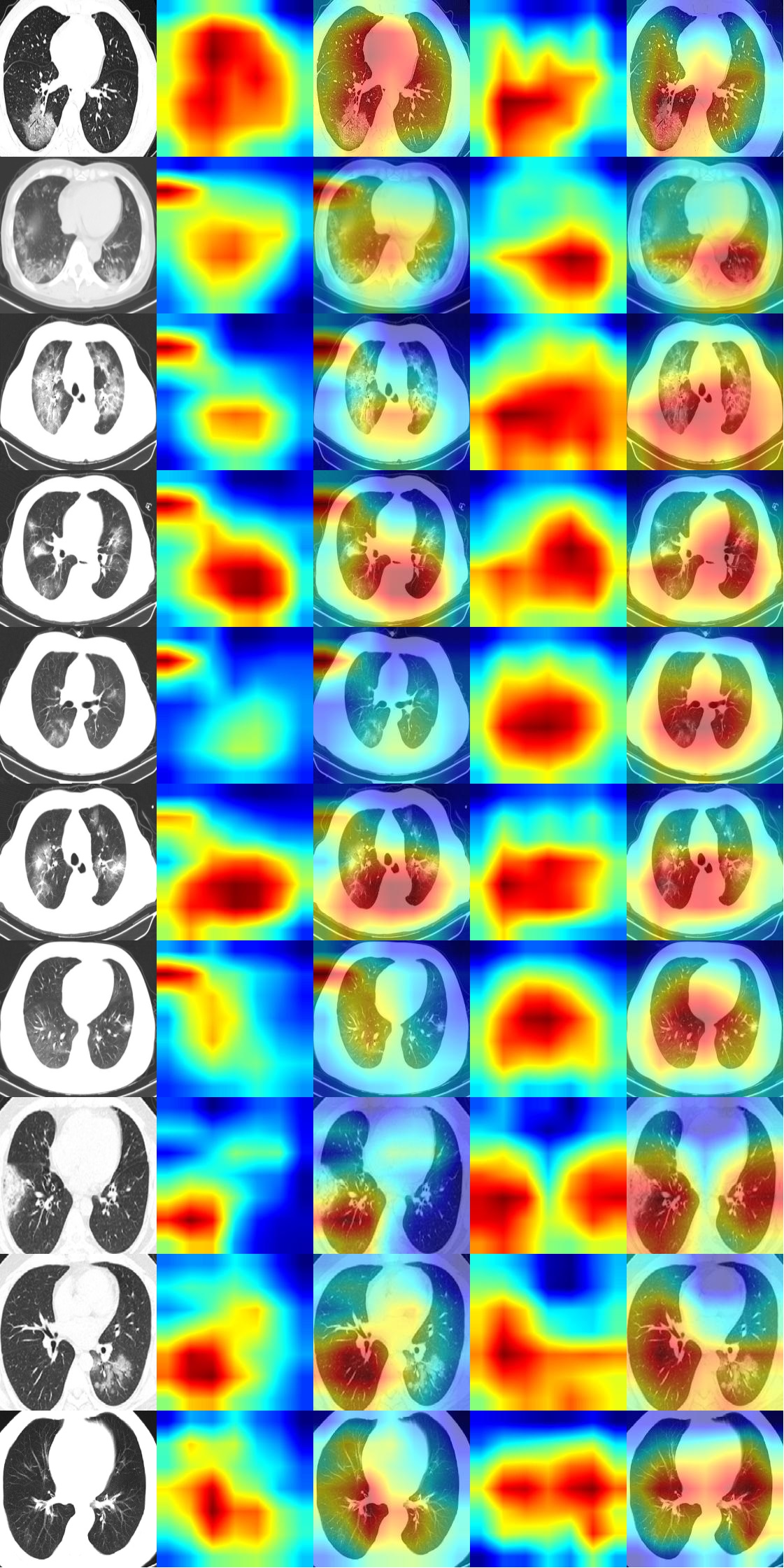
Figure 4. Grad-CAM++ visualization for the baseline and our LA-DNN model with the backbone net of DenseNet-169 (Column 1 represents the original CT scans; Columns 2 and 3 are the class activation maps of the baseline; Columns 4 and 5 are the class activation maps of our LA-DNN model).
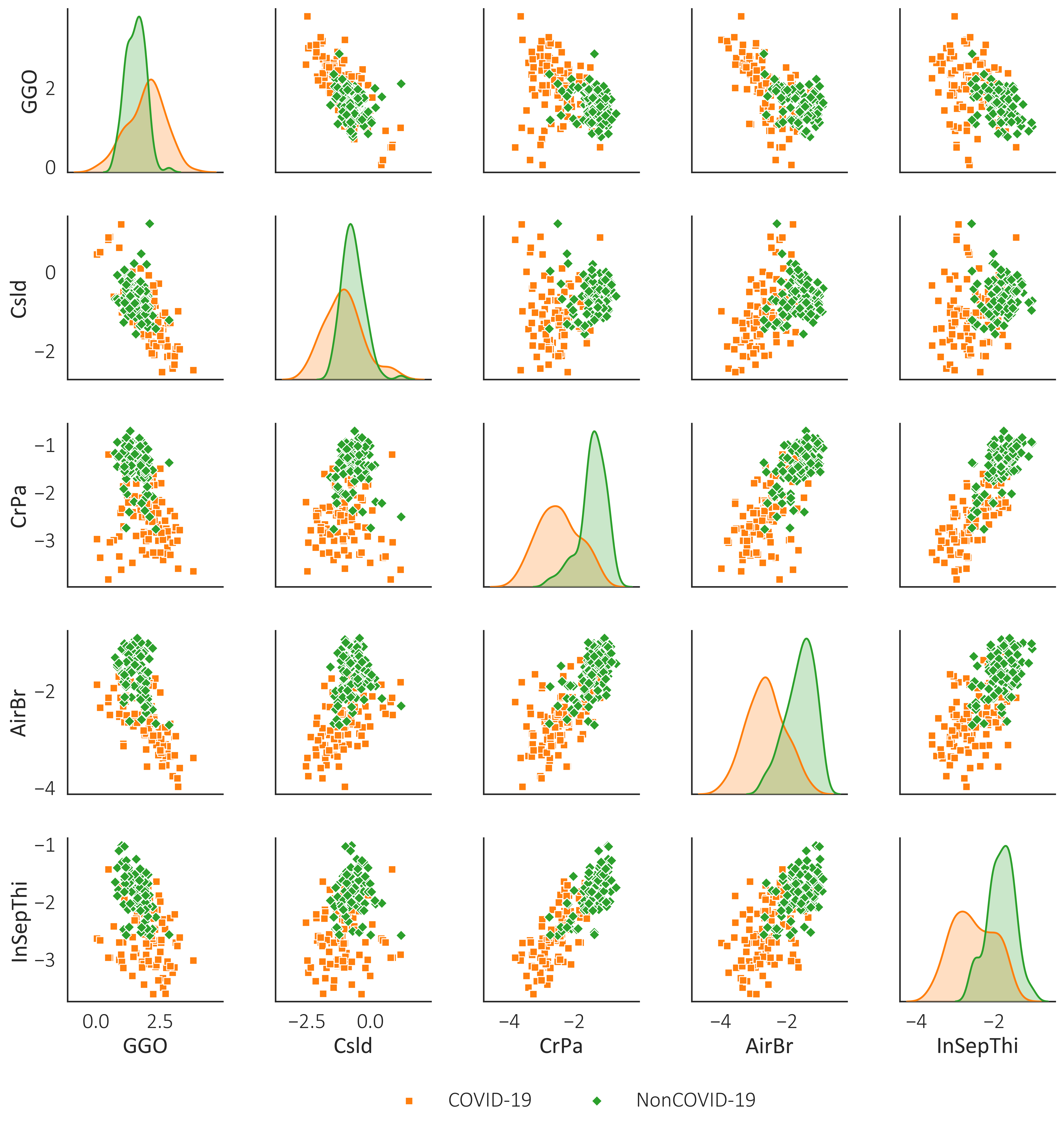
Figure 5. Plots of the pairwise relationships among the five lesions on making the final binary classification of COVID-19.
- Python 3.7.3
- PyTorch 1.5.0
We uploaded a video on YouTube to introduce our project. The web address is https://youtu.be/MripiZ-1pHU.
The details of our model can be found in this preprint: Online COVID-19 diagnosis with chest CT images: Lesion-attention deep neural networks.
Please cite our paper if you find this work useful:
@article {Liu2020.05.11.20097907,
author = {Liu, Bin and Gao, Xiaoxue and He, Mengshuang and Lv, Fengmao and Yin, Guosheng},
title = {Online COVID-19 diagnosis with chest CT images: Lesion-attention deep neural networks},
year = {2020},
doi = {10.1101/2020.05.11.20097907},
publisher = {Cold Spring Harbor Laboratory Press},
URL = {https://www.medrxiv.org/content/early/2020/05/14/2020.05.11.20097907},
eprint = {https://www.medrxiv.org/content/early/2020/05/14/2020.05.11.20097907.full.pdf},
journal = {medRxiv},
}